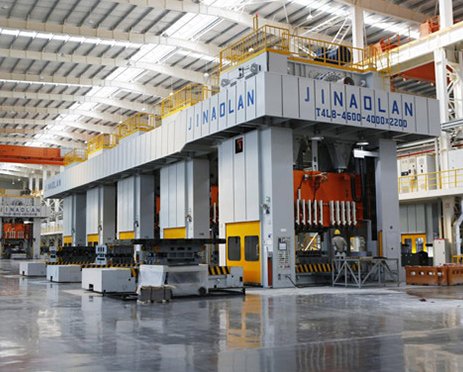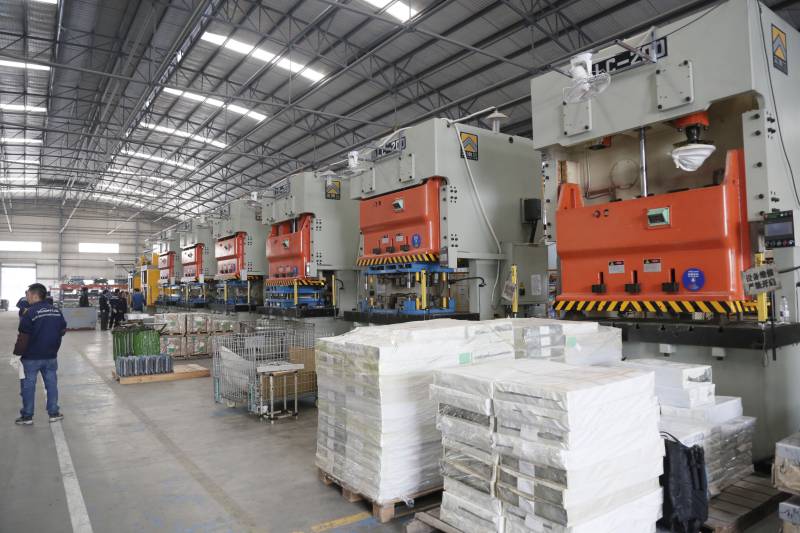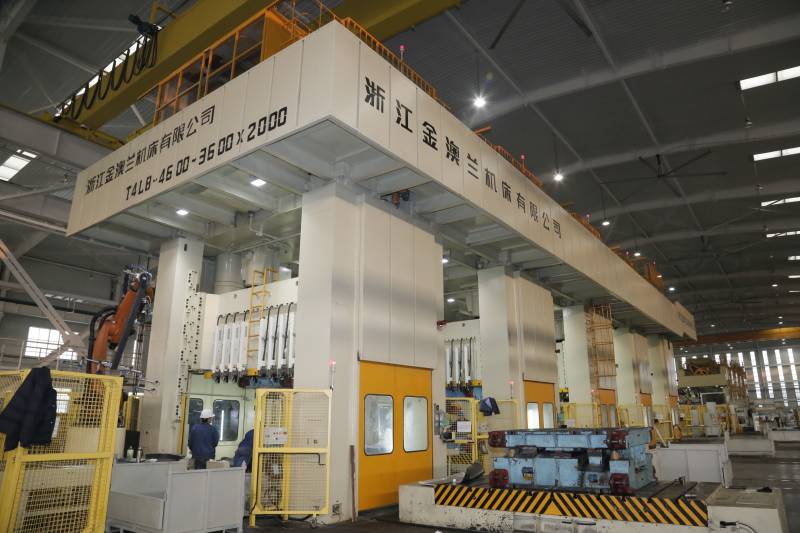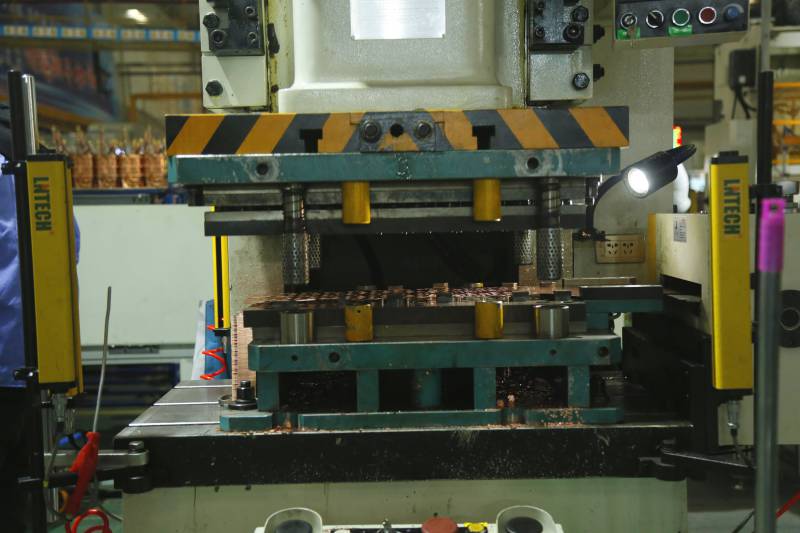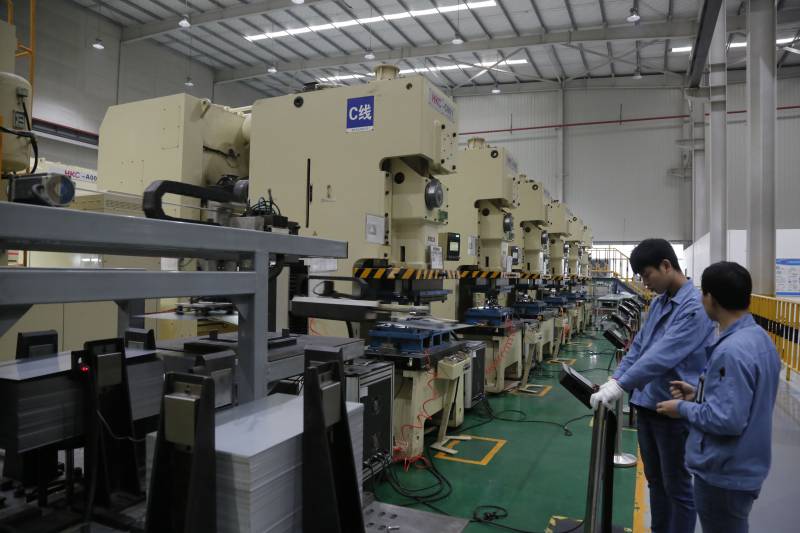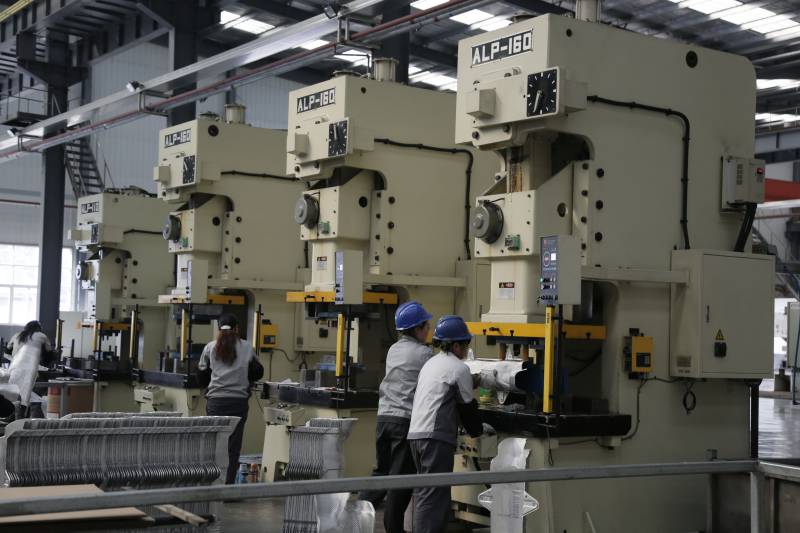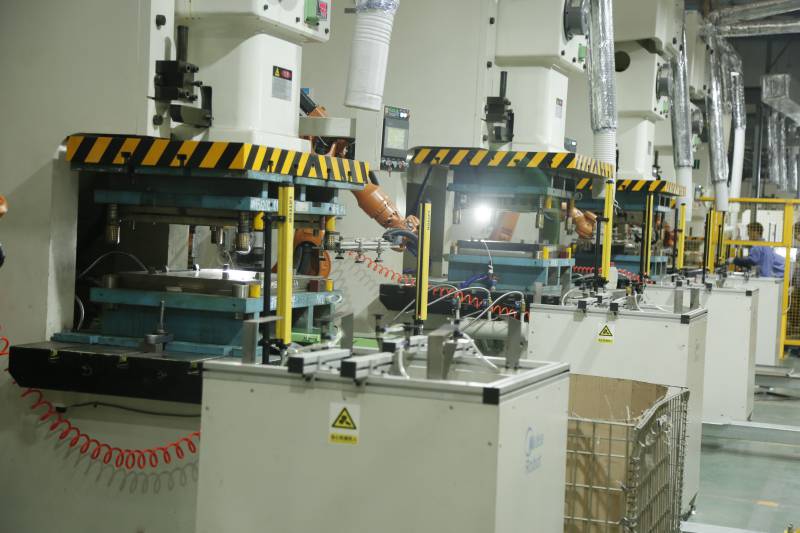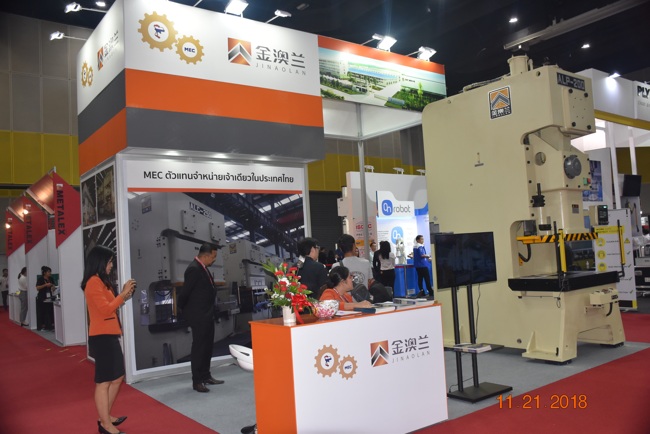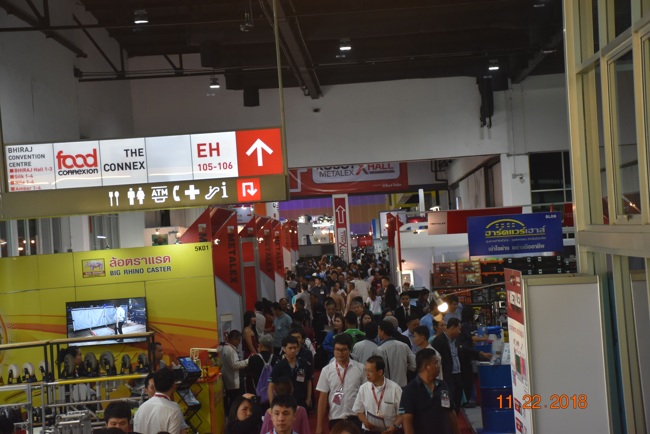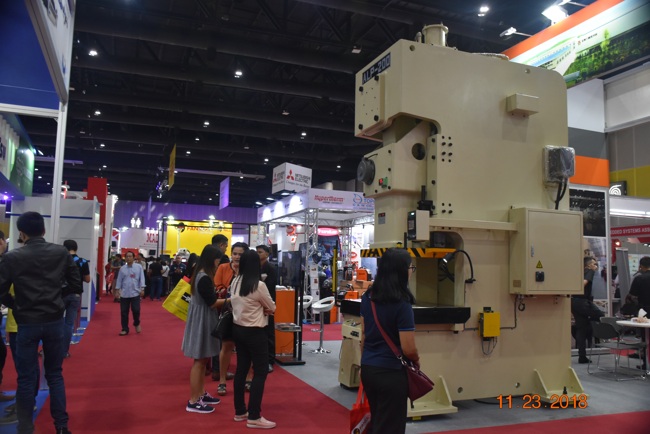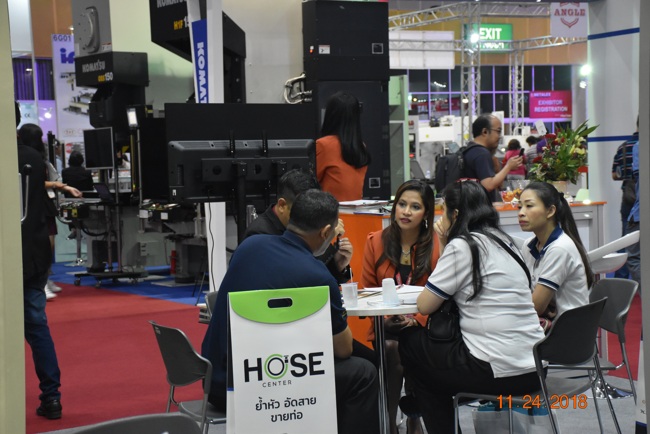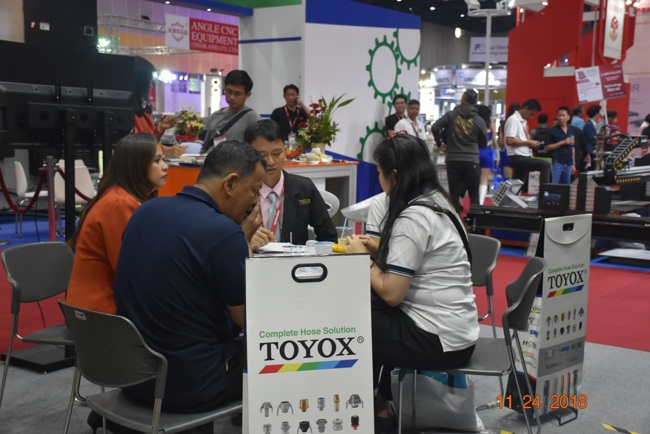Pneumatic feeding:
The pneumatic feeding mode of the pneumatic feeder is a reliable and cost-effective choice. The applicable materials are from 0.13MM to 1.5 mm thick and from 10 mm to 127 mm wide. The speed is 400 SPM, and that’s not their upper limit. They are not as precise as servo or mechanical feed, but the die guide pins are usually sufficient to compensate for a slight change in feed length.
For a long time, the biggest problem of pneumatic feeder feeding is time setting. Because they are air driven, they have an inherent lag. When you increase the stamping speed, you must set the feeding signal in advance. In high-speed die production, it is usually necessary to set the feeding signal before the bottom dead point of the stroke, when the punch is still in the raw material. Feeding actually takes place in a stamping cycle of about 270 degrees. Setting the feeding parameters of the pneumatic feeder is just like art, and the lacing is also challenging at low speed.
Mechanical feeding:
When we run high-quality and high-speed stamping machines, we usually use a mechanical feeder. They are by far the fastest and most accurate feeder in their experience.
Under proper conditions, the mechanical feeder can run more than 2000 SPM.
The die is stamped with thin material with a step distance of 15 mm, and the running speed is 1200spm.
